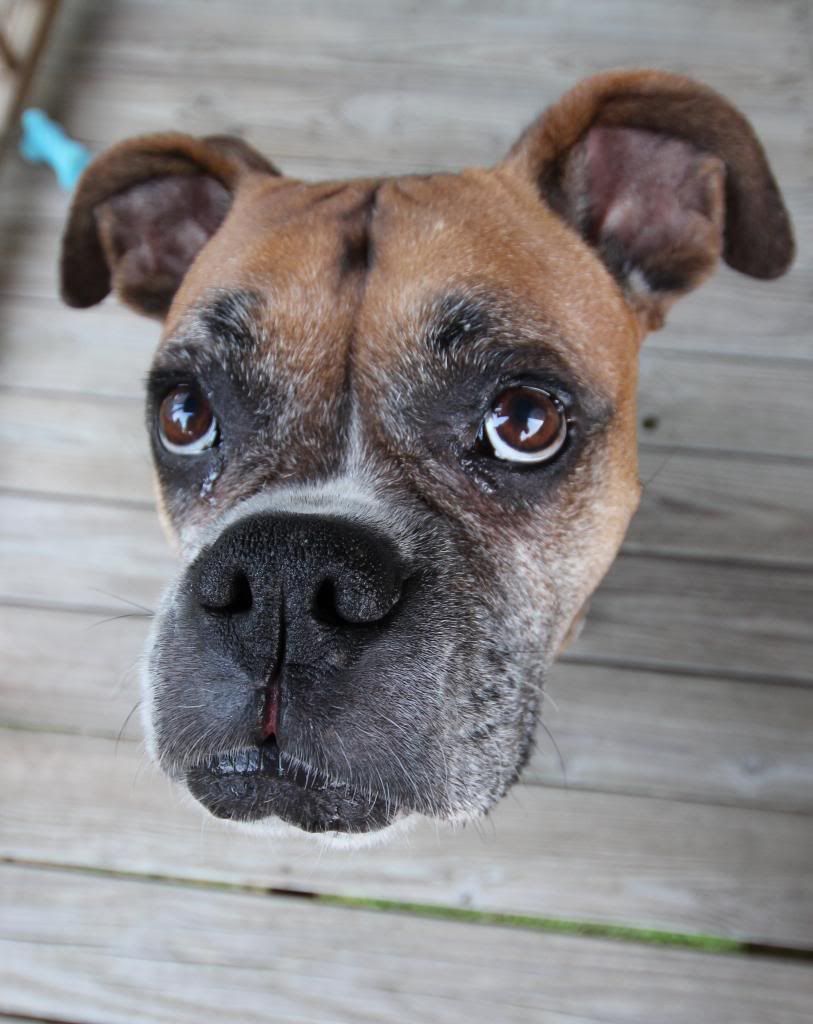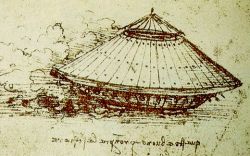Post by M1Carbine on Mar 29, 2015 18:44:33 GMT -5
Hello to all. next up is Trumpies USN SBD 3/4/A-24A. This is going to built as the US Army's A-24A better known as the Banshee.

Brief history from various sources:
The U.S. Army Air Forces sent 52 A-24 Banshees in crates to the Philippines in the fall of 1941 to equip the 27th Bombardment Group, whose personnel were sent separately. However, after the Japanese attack on Pearl Harbor, these bombers were diverted to Australia and the 27th BG fought on the Bataan Peninsula as infantry. While in Australia the aircraft were reassembled for flight to the Philippines but their missing parts, including solenoids, trigger motors and gun mounts delayed their shipment. Plagued with mechanical problems, the A-24s were diverted to the 91st Bombardment Squadron and designated for assignment to Java Island instead.
Referring to themselves as "Blue Rock Clay Pigeons", the 91st BS attacked the enemy harbor and airbase at Bali and damaged or sank numerous ships around Java. After the Japanese downed two A-24s and damaged three so badly that they could no longer fly, the 91st received orders to evacuate Java in early March.
The A-24s remaining in Australia were assigned to the 8th Bombardment Squadron of 3d Bombardment Group, to defend New Guinea. On 26 July 1942, seven A-24s attacked a convoy off Bun, but only one survived: the Japanese shot down five of them and damaged the sixth so badly that it did not make it back to base. Regarded by many pilots as too slow, short ranged and poorly armed, the remaining A-24s were relegated to non-combat missions. In the U.S., the A-24s became training aircraft or towed targets for aerial gunnery training. The more powerful A-24B was used later against the Japanese forces in the Gilbert Islands. From December 1943 until March 1944, the 531st Fighter Squadron of the 7th Air Force flew A-24Bs from Makin Island in the Gilbert Islands against Japanese controlled islands in the Marshall Islands. The A-24Bs were then withdrawn from combat.
The A-24B (US Navy SBD-5) arrived in 1943 powered by the 1,200-hp Wright R1820-60 engine. The 407th Bomb Group, assigned to the 11th Air Force, flew A-24Bs against the Japanese held island of Kiska, Alaska, during July and August 1943.
The B model was similar to the previous A-24 model but had a more powerful engine than either the A-24 or A-24A. As a result, A-24B could fly slightly faster and higher than the earlier models. The A-24B lacked the small air intake on the top of the engine cowling present on the earlier models and is an easy way to distinguish the B model.
A handful of A-24s survived in the inventory of the USAAF long enough to be taken over by the Air Force when that service became independent of the Army in September 1947. The USAF established a new designation system for its aircraft, eliminating the "A-for-Attack" category, through 1962.
The twin-engined "A" versions were redesignated as bombers, with another Douglas Aircraft design, the A-26 Invader becoming the B-26 Invader. Most of the single-engined "A" aircraft were either classified as fighters, or scrapped. As a result, the Banshee was called the F-24 Banshee, although this aircraft was scrapped in 1950
Stay Tuned, more on the way.
Bob

Brief history from various sources:
The U.S. Army Air Forces sent 52 A-24 Banshees in crates to the Philippines in the fall of 1941 to equip the 27th Bombardment Group, whose personnel were sent separately. However, after the Japanese attack on Pearl Harbor, these bombers were diverted to Australia and the 27th BG fought on the Bataan Peninsula as infantry. While in Australia the aircraft were reassembled for flight to the Philippines but their missing parts, including solenoids, trigger motors and gun mounts delayed their shipment. Plagued with mechanical problems, the A-24s were diverted to the 91st Bombardment Squadron and designated for assignment to Java Island instead.
Referring to themselves as "Blue Rock Clay Pigeons", the 91st BS attacked the enemy harbor and airbase at Bali and damaged or sank numerous ships around Java. After the Japanese downed two A-24s and damaged three so badly that they could no longer fly, the 91st received orders to evacuate Java in early March.
The A-24s remaining in Australia were assigned to the 8th Bombardment Squadron of 3d Bombardment Group, to defend New Guinea. On 26 July 1942, seven A-24s attacked a convoy off Bun, but only one survived: the Japanese shot down five of them and damaged the sixth so badly that it did not make it back to base. Regarded by many pilots as too slow, short ranged and poorly armed, the remaining A-24s were relegated to non-combat missions. In the U.S., the A-24s became training aircraft or towed targets for aerial gunnery training. The more powerful A-24B was used later against the Japanese forces in the Gilbert Islands. From December 1943 until March 1944, the 531st Fighter Squadron of the 7th Air Force flew A-24Bs from Makin Island in the Gilbert Islands against Japanese controlled islands in the Marshall Islands. The A-24Bs were then withdrawn from combat.
The A-24B (US Navy SBD-5) arrived in 1943 powered by the 1,200-hp Wright R1820-60 engine. The 407th Bomb Group, assigned to the 11th Air Force, flew A-24Bs against the Japanese held island of Kiska, Alaska, during July and August 1943.
The B model was similar to the previous A-24 model but had a more powerful engine than either the A-24 or A-24A. As a result, A-24B could fly slightly faster and higher than the earlier models. The A-24B lacked the small air intake on the top of the engine cowling present on the earlier models and is an easy way to distinguish the B model.
A handful of A-24s survived in the inventory of the USAAF long enough to be taken over by the Air Force when that service became independent of the Army in September 1947. The USAF established a new designation system for its aircraft, eliminating the "A-for-Attack" category, through 1962.
The twin-engined "A" versions were redesignated as bombers, with another Douglas Aircraft design, the A-26 Invader becoming the B-26 Invader. Most of the single-engined "A" aircraft were either classified as fighters, or scrapped. As a result, the Banshee was called the F-24 Banshee, although this aircraft was scrapped in 1950
Stay Tuned, more on the way.
Bob
































